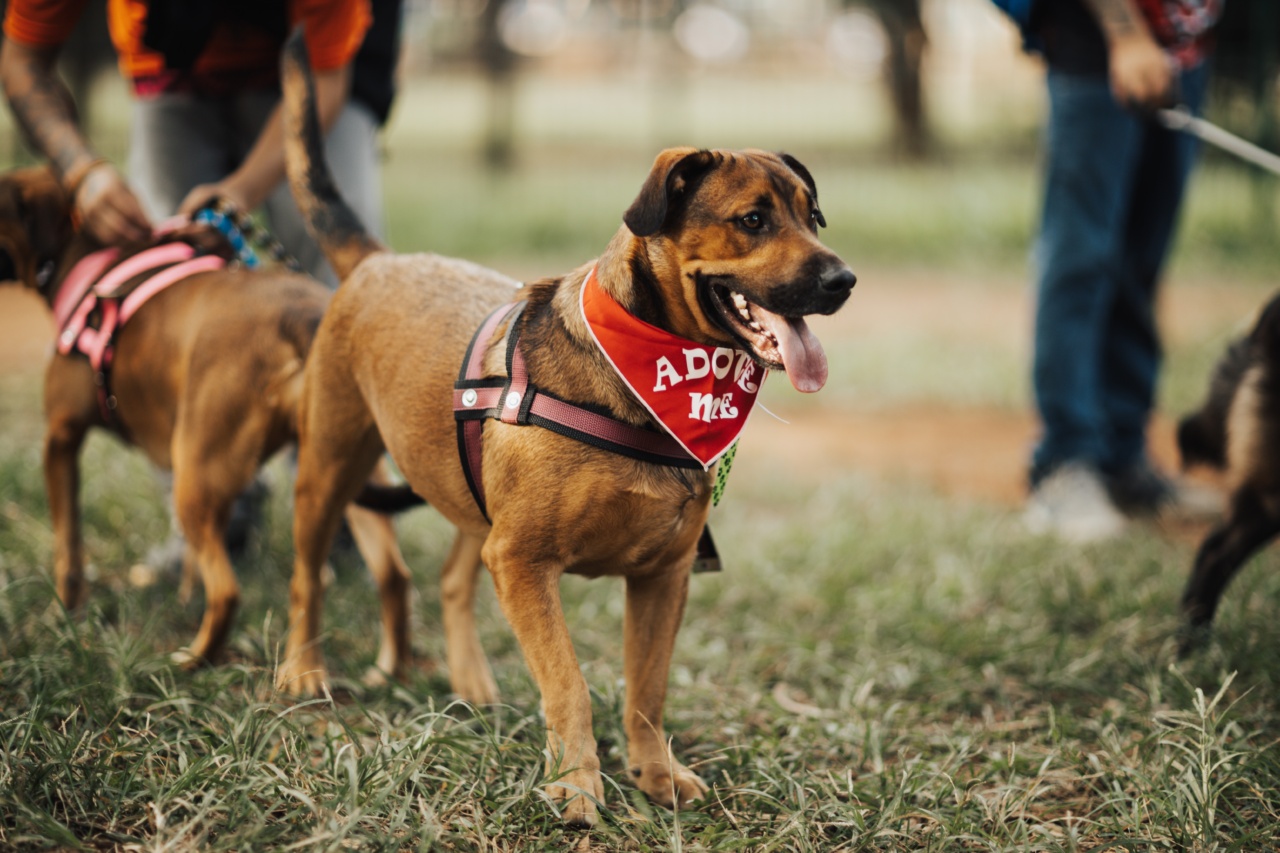Dogs are known to be loyal, affectionate, and protective creatures. However, like humans, they are also susceptible to developing phobias.
Phobias are intense and irrational fears that can disrupt a dog’s normal life and sometimes cause serious problems. Researchers have identified some factors that contribute to the development of phobias in dogs. Here is everything you need to know about when dogs develop phobias and how to identify them.
What are the Causes of Phobias in Dogs?
Several factors can contribute to the development of phobias in dogs. Here are some of the common causes:.
1. Genetics
Some dogs may have a genetic predisposition to anxiety and phobias. This means that they are more likely to develop phobias, even if there is no apparent reason for it.
2. Traumatic Events
Dogs that have experienced traumatic events such as accidents, abuse, or neglect are more likely to develop phobias. Exposure to loud noises (fireworks, thunderstorms, etc.) can also cause phobias in some dogs.
It’s essential to pay attention to your dog’s behavior after a traumatic event and seek professional help if necessary.
3. Lack of Socialization
Dogs that have not been adequately socialized are more likely to develop phobias. Socialization involves exposing your dog to different people, places, and sounds, so they become familiar with their environment.
4. Separation Anxiety
Dogs that suffer from separation anxiety are more likely to develop phobias. Separation anxiety is a behavioral condition where dogs become anxious and distressed when left alone. If left untreated, it can lead to more severe phobias.
5. Breed Predisposition
Some dog breeds are more prone to developing phobias than others. For example, some small breeds such as Chihuahuas and Dachshunds are known for being nervous and anxious.
When Do Dogs Develop Phobias?
Dogs can develop phobias at any age. However, there are certain periods in a dog’s life when they are more susceptible to developing phobias. Here are some of the critical periods:.
1. Puppyhood
Puppies are generally more sensitive to their environment than adult dogs. This sensitivity is because their nervous system is still developing. If a puppy has a traumatic experience, it can cause long-lasting effects, including phobias.
2. Adolescence
Adolescence is another critical period where dogs may develop phobias. During this period, dogs may become more fearful and anxious as they go through hormonal and physical changes.
How to Identify if Your Dog Has Phobias?
Dogs with phobias may exhibit various signs of distress. However, these signs may not always be apparent. Here are some of the common signs that your dog may have phobias:.
1. Aggression
Aggression is a common sign of fear and anxiety in dogs. If your dog becomes aggressive during anxious situations such as fireworks or thunderstorms, it may be a sign of phobia.
2. Pacing and Panting
Dogs with phobias may pace around the house and pant excessively. They may also try to hide in small spaces such as under the bed or behind the couch.
3. Excessive Barking or Whining
Phobic dogs may bark or whine excessively, especially during anxious situations. They may also stop eating or suffer from sleep disturbances.
Conclusion
Phobias can have a severe impact on a dog’s life. If you suspect that your dog may have phobias, seek professional help as soon as possible. Identifying and treating phobias early can make a huge difference in your dog’s overall wellbeing.
Knowing the causes and signs of phobias in dogs can help you take the necessary steps to prevent them from developing in the first place.






























